| |||||
| Decades: | |||||
|---|---|---|---|---|---|
| See also: | |||||
Events from the year 1920 in Italy .
| |||||
| Decades: | |||||
|---|---|---|---|---|---|
| See also: | |||||
Events from the year 1920 in Italy .

In 1920, militant strike activity by industrial workers reaches its peak in Italy; 1919 and 1920 were known as the "Red Years". [1] Benito Mussolini and the Fascists take advantage of the situation by allying with industrial businesses and attacking workers and peasants in the name of preserving order and internal peace in Italy. [2]

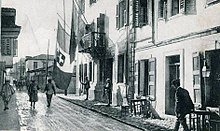




General Gabriele D'Annunzio, Prince of Montenevoso, sometimes written d'Annunzio as he used to sign himself, was an Italian poet, playwright, orator, journalist, aristocrat, and Royal Italian Army officer during World War I. He occupied a prominent place in Italian literature from 1889 to 1910 and in its political life from 1914 to 1924. He was often referred to by the epithets il Vate and il Profeta.
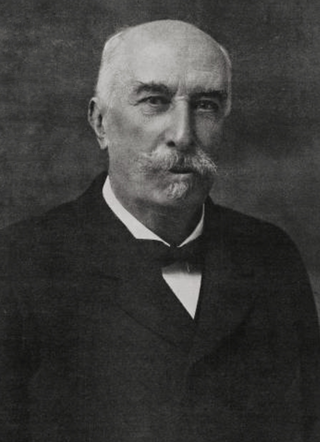
Giovanni Giolitti was an Italian statesman. He was the prime minister of Italy five times between 1892 and 1921. He is the longest-serving democratically elected prime minister in Italian history, and the second-longest serving overall after Benito Mussolini. A prominent leader of the Historical Left and the Liberal Union, he is widely considered one of the most wealthy, powerful and important politicians in Italian history; due to his dominant position in Italian politics, Giolitti was accused by critics of being an authoritarian leader and a parliamentary dictator.

Francesco Saverio Vincenzo de Paola Nitti was an Italian economist and statesman. A member of the Italian Radical Party, Nitti served as Prime Minister of Italy between 1919 and 1920. An opponent of the fascist regime in Italy, he opposed any kind of dictatorship throughout his career. According to the Catholic Encyclopedia in "Theories of Overpopulation", Nitti was also a staunch critic of English economist Thomas Robert Malthus and his Principle of Population; Nitti wrote Population and the Social System (1894). He was an important meridionalist and studied the origins of Southern Italian problems that arose after Italian unification.

Tommaso Tittoni was an Italian diplomat, politician and Knight of the Annunziata. He was Italy's foreign minister from 1903 until 1909, except for a five-month period. He also was interim prime minister for about two weeks in March 1905, making him the shortest-serving prime minister in the history of Italy.

The Biennio Rosso was a two-year period, between 1919 and 1920, of intense social conflict in Italy, following the First World War. The revolutionary period was followed by the violent reaction of the fascist blackshirts militia and eventually by the March on Rome of Benito Mussolini in 1922.

Riccardo Zanella was a Fiuman politician who was the only elected president of the short-lived Free State of Fiume.
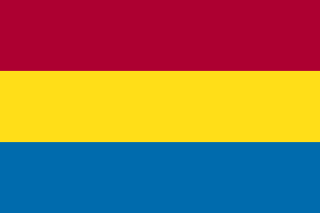
The Free State of Fiume was an independent free state that existed between 1920 and 1924. Its territory of 28 km2 (11 sq mi) comprised the city of Fiume and rural areas to its north, with a corridor to its west connecting it to the Kingdom of Italy.

Giovanni Giuriati was an Italian fascist politician.

The Italian Regency of Carnaro was a self-proclaimed state in the city of Fiume led by Gabriele d'Annunzio between 1919 and 1920.

Giovanni Host-Venturi, also known as "Nino" Host-Venturi was an Italian fascist politician and historian.
Mutilated victory is a term coined by Gabriele D’Annunzio at the end of World War I, used by a part of Italian nationalists to denounce the partial infringement of the 1915 pact of London concerning territorial rewards in favour of the Kingdom of Italy.
The Bloody Christmas of 1920 was a series of clashes in Fiume, which led to the conclusion of the Fiume campaign that was carried out by the Italian poet and adventurer Gabriele D'Annunzio in 1920.
In the aftermath of the First World War, the Adriatic question or Adriatic problem concerned the fate of the territories along the eastern coast of the Adriatic Sea that formerly belonged to the Austro-Hungarian Empire. The roots of the dispute lay in the secret Treaty of London, signed during the war, and in growing nationalism, especially Italian irredentism and Yugoslavism, which led ultimately to the creation of Yugoslavia. The question was a major barrier to agreement at the Paris Peace Conference, but was partially resolved by the Treaty of Rapallo between Italy and Yugoslavia on 12 November 1920.
Events from the year 1919 in Italy.
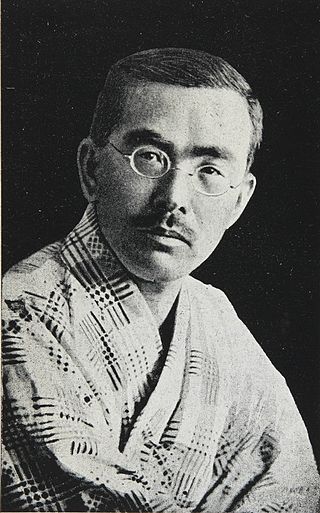
Harukichi Shimoi was a Japanese poet, translator and writer. Shimoi lived in Italy for many years and was an important promoter of cultural exchange between Japan and Italy.

Pietro Ferrero was an Italian anarchist and trade unionist.
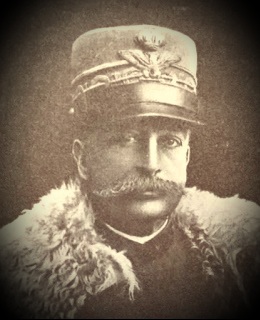
Asclepia Gandolfo was an Italian military officer, who served as a general in the Royal Italian Army.

The Red Guards, also known as Proletarian Defense Formations, were a paramilitary organization affiliated with the Italian Socialist Party (PSI) and later the Communist Party of Italy (PCdI) during the Red Biennium of the Kingdom of Italy.

Carlo Schanzer was a Vienna-born Italian jurist and politician. He held several cabinet posts from 1906 to 1922.

The Rome–Tokyo Raid was an Italian long-distance air expedition across Eurasia between 14 February and 31 May 1920. It was organised by Gabriele D'Annunzio and Harukichi Shimoi and completed by the aviators Guido Masiero and Arturo Ferrarin together with their respective engineers Roberto Maretto and Gino Capannini.